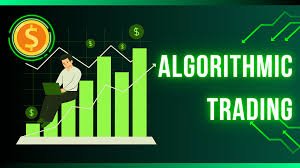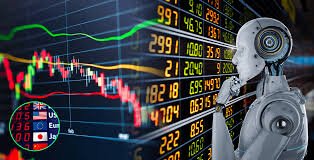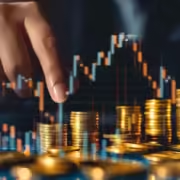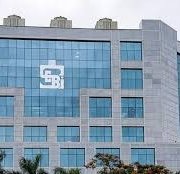Algorithmic trading (or algo trading) refers to using computer programs to execute financial market trades at high speed and efficiency. While the concept has evolved over decades, its invention and development involve several key milestones and contributors:
Early Foundations (1960s – 1980s)
- 1960s: The first electronic trading systems emerged, replacing manual trading with computerized order matching.
- 1970s: The New York Stock Exchange (NYSE) introduced the Designated Order Turnaround (DOT) system, which allowed orders to be electronically routed.
- 1983: The Portfolio Insurance strategy was developed by Leland, O’Brien, and Rubinstein, using computer models to hedge against market declines.
Rise of Algorithmic Trading (1990s – Early 2000s)
- 1990s: Advancements in computing power and electronic communication networks (ECNs) enabled automated trading strategies.
- 1998: The U.S. SEC allowed ECNs, increasing market efficiency and liquidity.
- Early 2000s: The rise of high-frequency trading (HFT) firms like Renaissance Technologies and Citadel brought rapid, high-speed trading to the forefront.
Modern Evolution (2000s – Present)
- 2000s-Present: Machine learning and AI-based trading algorithms became dominant.
- 2010: The Flash Crash (May 6, 2010) highlighted the risks of algo trading, leading to regulatory changes.
- 2020s: Quantum computing and deep learning are increasingly explored in trading strategies

Here are some fascinating facts about algorithmic trading:
1. Algorithmic Trading Dominates Global Markets
- Over 70% of stock trades in the U.S. are executed by algorithms.
- In Europe and Asia, algo trading accounts for 40-60% of total trade volume.
- High-Frequency Trading (HFT) alone contributes to nearly 50% of stock market transactions.
2. The First Algorithmic Trading System Was Built in 1976
- The NYSE’s Designated Order Turnaround (DOT) system was introduced in 1976, allowing electronic trade execution.
- This was the first step toward fully automated trading.
3. Speed is Everything – Milliseconds Matter
- HFT firms execute thousands of trades in less than a millisecond.
- Microwave towers and fiber-optic cables are used to transmit orders at near-light speed.
- Firms place their servers close to stock exchange data centers (a process called co-location) to gain a microsecond advantage.
4. The Flash Crash of 2010 – A $1 Trillion Drop in Minutes
- On May 6, 2010, the Dow Jones Industrial Average (DJIA) dropped 1,000 points (~9%) in just 10 minutes due to algo-driven panic selling.
- The market recovered quickly, but this event exposed the risks of unchecked algo trading.
- This led to the introduction of circuit breakers to halt trading in extreme situations.
5. Renaissance Technologies – The Most Secretive & Profitable Hedge Fund
- Renaissance Technologies’ Medallion Fund, founded by Jim Simons, is the most successful quant hedge fund in history.
- It has averaged 66% annual returns (before fees) since 1988.
- Renaissance hires mathematicians, physicists, and data scientists instead of traditional finance professionals.
6. Trading Bots Can React to News Faster Than Humans
- AI-powered algorithms use Natural Language Processing (NLP) to read news headlines and social media to predict market movements.
- Some trading bots react within milliseconds of a major news event.
7. Algorithmic Trading is Huge in Cryptocurrency Markets
- Over 80% of crypto trades are algorithm-driven.
- Market-making bots continuously buy and sell to profit from tiny price differences.
- Some traders use arbitrage bots to exploit price differences across multiple exchanges.

8. High-Frequency Traders Make Money in Tiny Increments
- HFT firms aim to profit from fractions of a cent per trade, but they execute millions of trades daily to generate significant profits.
- Even a 1-millisecond advantage can mean millions of dollars in extra profit per year.
9. The “Ghost Orders” Tactic – Spoofing in Trading
- Some traders place fake large orders to manipulate market sentiment and then cancel them before execution.
- This tactic, called spoofing, was made illegal after the 2010 Flash Crash.
10. Quantum Computing Could Revolutionize Algorithmic Trading
- Quantum computers process information exponentially faster than traditional computers.
- They could potentially decode patterns in stock markets that current models can’t detect.
- Major firms like Goldman Sachs and JPMorgan are already investing in quantum trading research.











Trackbacks & Pingbacks
[…] Click here to read about Algo trading 08/03/2025/0 Comments/by Vishal […]
Leave a Reply
Want to join the discussion?Feel free to contribute!